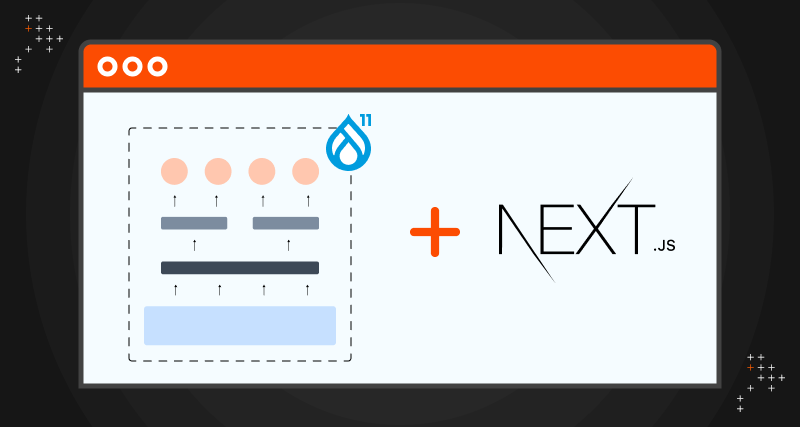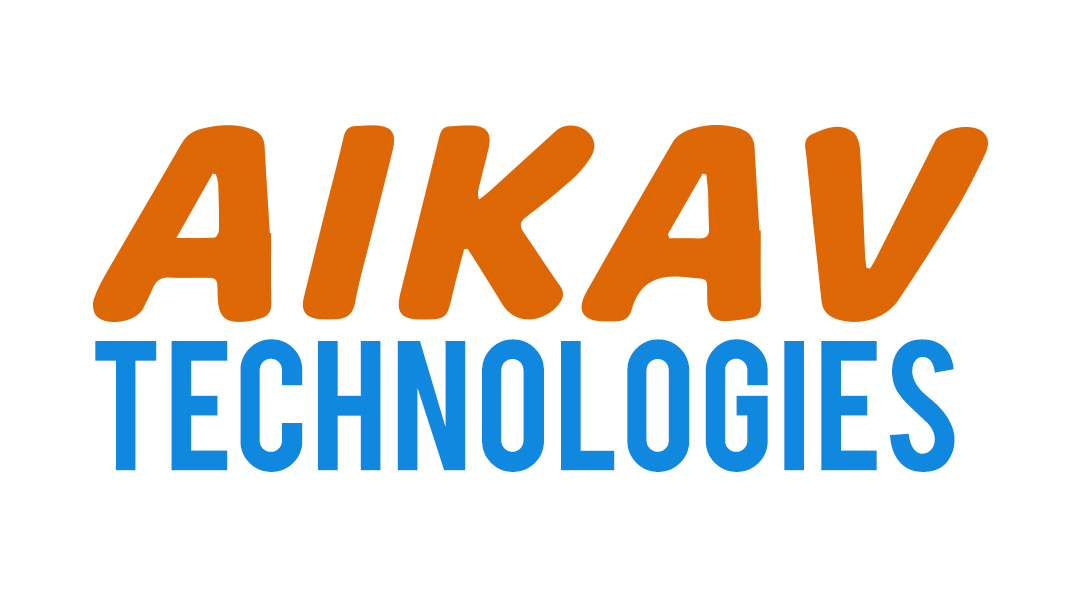
In today’s digital ecosystem, businesses often need to manage multiple web properties—each tailored to local markets or brand verticals—while maintaining consistency and efficiency. Enter the MACH architecture: Microservices, API-first, Cloud-native, and Headless. Combining Headless Drupal 11 with Next.js offers a powerful MACH-aligned stack for scalable, multi-site platforms.
1. Why Choose a MACH Stack?
Microservices & API-first: Drupal’s JSON:API and GraphQL modules make it an ideal content hub. It powers content across services through standardized, versioned APIs .
Cloud-native: Host Drupal in Docker or Kubernetes and Next.js on platforms like Vercel—enabling flexibility and horizontal scaling.
Headless: A React/Next.js frontend delivers modern UX—React-powered dynamic UIs, faster builds, near-instant previews—while Drupal continues its role as a content engine .
2. Multi‑Site on One Drupal Backend
Use Drupal as a single backend serving multiple domain frontends:
Site identification: Add a custom header, e.g.,
X-Site-ID, on Next.js fetches. Drupal can use this to resolve the appropriate site content .Drupal modules: Modules like Domain Access or NodeHive allow associating content with "spaces" or "domains", enabling clean content separation .
This setup means one Drupal instance supports multiple Next.js sites, each with its own look and URL, yet sharing editorial workflows.
3. Headless Drupal 11: Content Management & API
Key features in Drupal 11:
JSON:API in core: Standardized endpoints for content, relationships, filters, pagination.
Support for GraphQL, OAuth2/JWT, localization, Paragraphs, Layout Builder, and media—all accessible via API .
To enable layout-driven frontends:
Use the JSON:API Layout Builder Include module, along with patches that expose layout and inline block configuration via JSON .
Frontend layout is then driven by real, structured JSON content, not hardcoded templates.
4. Next.js Frontend: Multi‑Site & MACH Principles
Setup & Routing
Start with a Next.js project (e.g. create-next-app), integrate via next-drupal:
Set
.env.local:Use catch-all routing (
[...slug].tsxorapp/…/page.tsx) to dynamically fetch correct paths via Next.jsgetStaticPropsorgetServerSideProps.
Multi‑Site config
Implement runtime config loading:
Store site-specific metadata (name, logo, SEO, routes) in separate config files per site.
Merge defaults via
next.config.jsorpublicRuntimeConfig, enabling a unified codebase for multiple frontends .
Preview Mode & Content Updates
Use Next.js preview features. Drupal triggers revalidation via webhooks to Next.js using
res.revalidate()—ideal for ISR or scheduled rebuilds .Draft content previews via modules like Decoupled Preview (from Next.js for Drupal), using embedded iframes within Drupal .
Performance & Scaling
Utilize Next.js’s SSR, SSG and ISR—building only modified pages.
Layer Vercel or CDN edge caching on top.
Host Next.js via Docker or managed platform for elasticity.
Drupal backend uses Redis or Memcached to optimize API calls .
5. TEAM AUTONOMY & WORKFLOW
Editorial autonomy: Drupal’s interface (Paragraphs, Layout Builder) remains editor-friendly .
Developer parallelism: Frontend and backend teams work concurrently, adhering to API contracts.
Deployment independence: CI/CD pipelines allow Next.js and Drupal to deploy separately.
6. Pitfalls & Considerations
Complex previews: Getting real-time Drupal previews in Next.js needs careful setup.
Performance costs: Multiple JSON:API calls per page load can strain backend—optimize via JSON:API Extras, GraphQL, caching .
Editor experience: Editors may need training in preview workflows across systems.
Tech management: Maintaining two stacks (Node.js + PHP/Drupal) increases operational overhead .
7. Real‑World Examples
Job boards: One Drupal backend with GraphQL powering multiple Next.js microsites—using custom HTTP headers for site logic .
High‑traffic content sites: Decoupled Drupal + Next.js platforms serving millions of hits/week—ISR with webhooks scaled via Varnish and Redis .
Component‑driven builds: Agencies like Altudo use TypeScript, JSON:API, JWT auth, and Next.js components for B2B enterprise sites .
🎯 Conclusion
Building a scalable, multi-site platform with Headless Drupal 11 and Next.js, aligned with MACH principles, delivers:
Unified editorial workflows with layout-dynamic capabilities
Multiple independently deployed frontends from a single content backend
Performance, scalability & flexibility through modern infrastructure
Team alignment with clearly defined API-driven roles
If you’re operating multiple brands, geolocations, or microsites—while prioritizing modern UX, editorial control, and developer velocity—this stack is a stellar fit. Ready to build your MACH multi-site platform? Let’s connect—I’d be happy to help with architecture specifics, CI/CD setup, or demo code.
